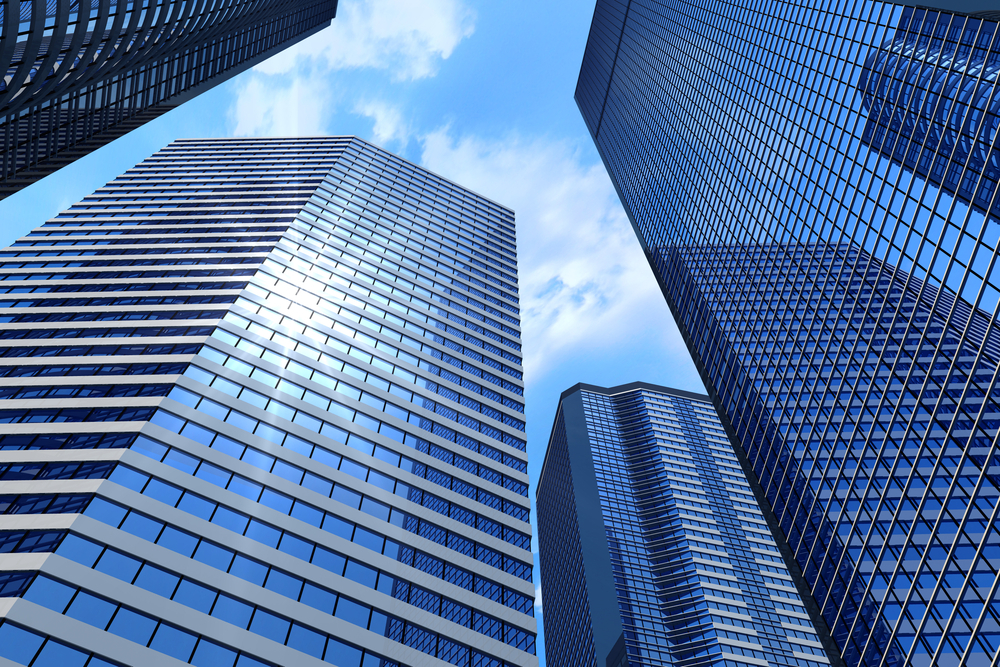Whole Water Systems VBR
- low impact
- high efficiency
- lower costs
- superior treatment
Treatment of Sewage Effluent
Whole Water VBR for sewage effluent is a high-rate activated sludge-effluent treatment process which uses and in-ground vertical shaft to provide aerobic biological treatment. Vertical treatment processes have been proven to be effective in the treatment of municipal and industrial wastewater for more than 25 years, with over 200 facilities in operation worldwide. The high oxygen transfer in the VBR enables rapid treatment of high-strength waste streams with high BOD levels.
The Process
Wastewater is treated in a sub-surface aerobic reactor, typically 250-300 ft. deep. Air is injected at the bottom of the reactor under pressure. The injected air provides oxygen for BOD reduction, promotes mixing in the reactor, and achieves solids separation through flotation clarification. Solids separation is carried out in a flotation clarifier. Gas dissolved at depth comes out of solution as the treated effluent is returned to atmospheric pressure. Off-gas from the shaft is collected in a sealed head tank and can be treated separately if necessary.
Advantages Over Conventional Systems
- Less Land: typical footprint is 10 – 20% of conventional systems – allows treatment options on developments and retrofits where space is limited.
- Lower Energy: typically half that of conventional systems
- Low Costs: simpler, more robust systems – lower capital as well as maintenance costs (operational cost typically 50% less than conventional systems)
- Low Impact: subsurface, aerobic and self-contained means the visual and odor impact will be much less than conventional systems
- Reclaimed Resource: tertiary water treatment to reuse standards
- Rapid Effective Treatment: >65% OTE – low-process air requirement resulting in minimized off-gassing AND effective, rapid treatment of difficult effluent streams
Treatment of Biosolids
Whole Water VBR for biosolids is a high performance activated sludge biosolids treatment which uses an in-ground vertical shaft to aerobically digest sludge.
The Process
In a submerged hyperbaric aeration chamber, the VBR delivers oxygen at a high-efficiency to a mix of primary and secondary sludge. The efficient delivery of oxygen enables production of Class A biosolids in 4 days.
Advantages Of VBR
- Less Land: ideal retrofit for expansion or current Class B upgrade
- Lower Energy: uses 40 – 50% less than conventional aerobic digestion
- Lower Cost: lower operational cost due to lower energy requirements
- Low Impact: low visual / odor impact – subsurface, aerobic, and self-contained
- Reclaimed Resource: Class A biosolids – organic fertilizer reuse
- Faster Treatment: highly efficient oxygen transfer (>50% OTE) facilitates effective, rapid treatment (%40 VS reduction in 4 days) – Class A biosolids in 4 days!

